How to Read and Write Algebraic Chess Notation: Unlock the Secrets of the Masters in Minutes!
Ready to crack the code of chess moves? In just a few minutes, you'll be reading and writing chess notation, the language used by grandmasters to record their epic battles. This opens a treasure chest of learning!
Learn from the Legends: With chess notation, you can study games played by the best, replaying their moves and absorbing their strategies. Tons of books and online resources are filled with annotated games, waiting to be explored!
The Standard on the Board: Just like doctors have a special way of writing prescriptions, chess players have their own system for recording moves. This is called algebraic chess notation, and it's the most widely used method today. There's also an older system called figurine notation, but algebraic notation is the clear winner!
3 Reasons to Write Down Your Chess Moves:
1. Relive Your Victories (and Learn from Losses): Ever play a fantastic chess game you wish you could relive? Notation lets you record your moves, so you can replay them later, analyze your strategy, and even share your triumphs with friends!
2. Analyze and Improve: Think of notation as a cheat sheet for your chess development. By recording your games, you can review them later, identify areas for improvement, and learn from both your wins and losses. Your instructor can also quickly analyze your game based on the recorded moves.
3. Essential for Tournaments: In competitive chess, recording moves is a must! It serves as a record of the game's progress, the number of moves played, and helps settle any disputes that might arise. Especially in timed games where players have a specific time limit to reach a certain number of moves (like 40), notation ensures clarity and fairness.
Breaking Down Chess Moves: It's Easier Than You Think!
Chess notation might seem complex at first, but it's actually quite simple. Imagine it as a secret code that tells the story of the game.
Here's the key:
- Each piece (except pawns) has a special letter abbreviation. King (K), Queen (Q), Rook (R), Bishop (B), and Knight (N) all get their own symbol.
- Pawns don't need a letter since it's always assumed a move is with a pawn if no piece is mentioned.
- The notation tells you the square the piece moves to. For example, if you move your pawn to the square e4, you'd simply write "e4" because it's a pawn move.
Ready to crack the code of chess moves? We'll explore more details in the next section!
In the following diagram I made the first move pawn to e4. The name of this move is simply “e4”. (since the pawn’s name is not written)
Here’s how this would appear on a scoresheet used in clubs and tournaments.
Now black has made a pawn move, written e5.
Next, White replied Nf3. Notice how the name of the piece is written as well as the name of the square.
Now, we’re going to fast forward to some special moves. See in the next diagram how white has made a special move called castling kingside. This move is written as 0-0. If the King castles on the queenside (to the other direction on the chessboard) it would be written as 0-0-0.
In the next diagram, White captures Black’s pawn on d5. This move is called exd5. For “capture” write an “x”.
Next, White captures the Knight on c6 with the Bishop. This move is written as Bxc6+. Notice the “+” sign. This represents “check” since Black’s King is now in check.
White just moved his pawn to d4. Black’s next move exd3(ep), is a special move called “en passant” capturing white’s d4 pawn in passing while moving his pawn to d3 – as if the pawn had moved to d3.
After several more moves, Black captures White’s Bishop on c1 with dxc1=Q. That’s about as complicated as it gets! This means pawn captures piece on c1 and promotes it to a Queen. Black could promote it to any other piece he chooses, but Queen’s are nearly always the best choice. In the rare game, a player has promoted the pawn to a Knight with checkmate.
The next move is Raxc1. Note that either the rook on A1 OR F1 can capture the queen. This means that the “a” must be included to indicate which rook was played.
In this next position, black makes a winning move, d4++, pawn to d4 CHECKMATE!
By now you may have guessed that this game was created for moves illustration. It’s true, White has made some rather questionable moves.
That’s all you need to know about standard Algebraic Chess Notation!
Special Moves: ✨
- Castling: Kingside castling is written as "0-0," while queenside castling is "0-0-0."
- En Passant: This special pawn capture is written as "(ep)" after the move.
- Checkmate: Checkmate (++)
Level Up Your Chess Knowledge!
This guide covers the fundamentals of notation. Ready to take the next step? Learn about annotating chess games, where players analyze moves and share their insights with others.
Bonus: Chess Annotation Symbols! ⭐️
As you venture deeper into chess notation, you'll encounter symbols that evaluate moves. Here are a few examples:
- Good Move (!): A strong and effective move.
- Excellent Move (!!): A brilliant and strategically sound move.
- Bad Move (?!): A questionable move with potential drawbacks.
- Terrible Move (??): A blunder or major oversight.
- Interesting Move (!?): An unconventional move with potential benefits.


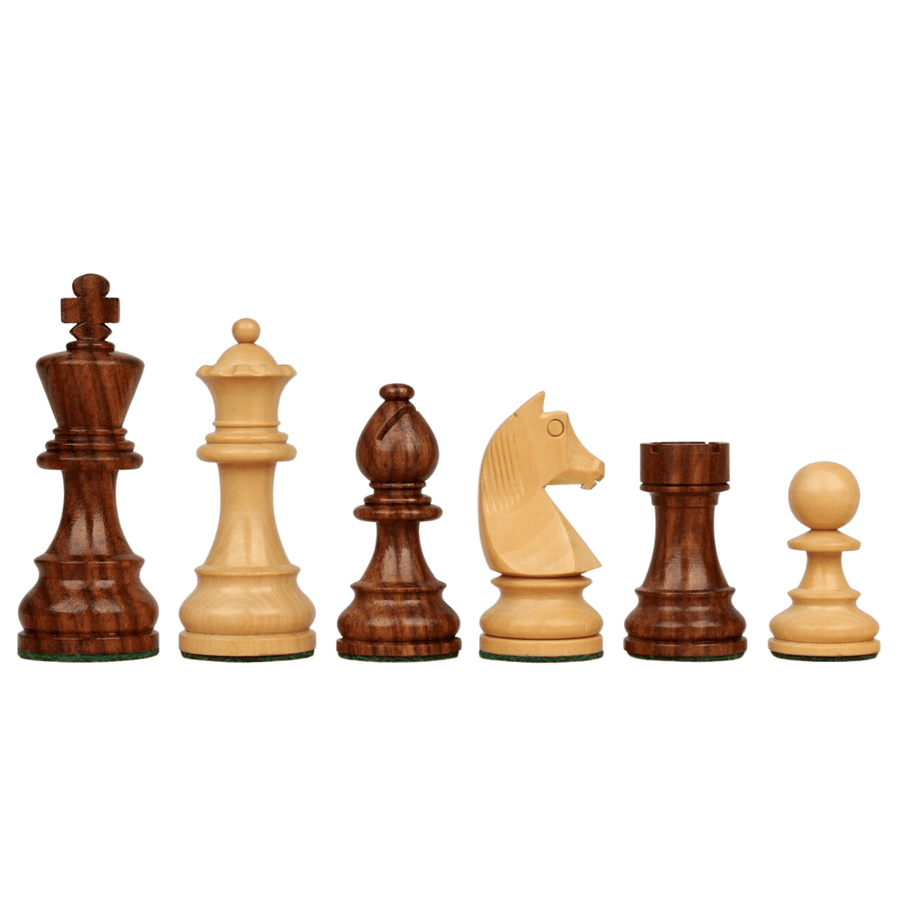
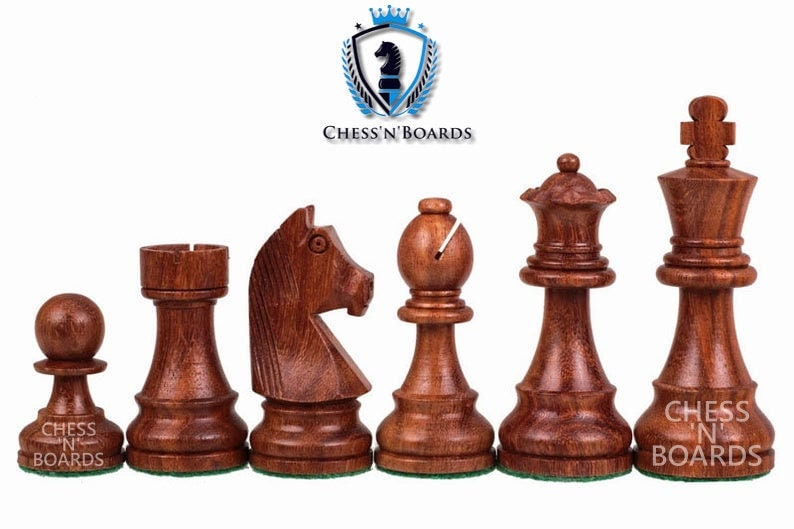
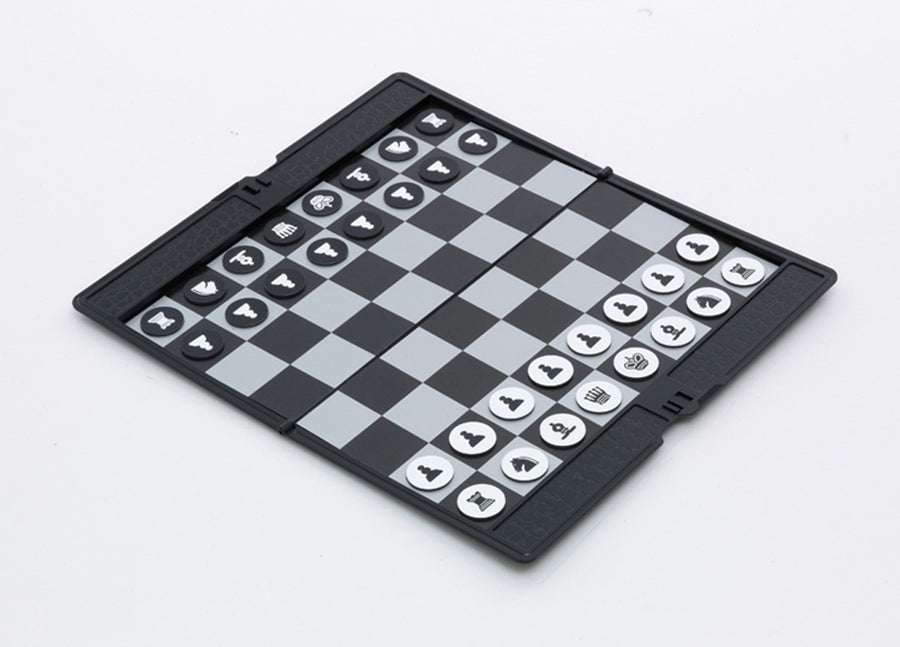
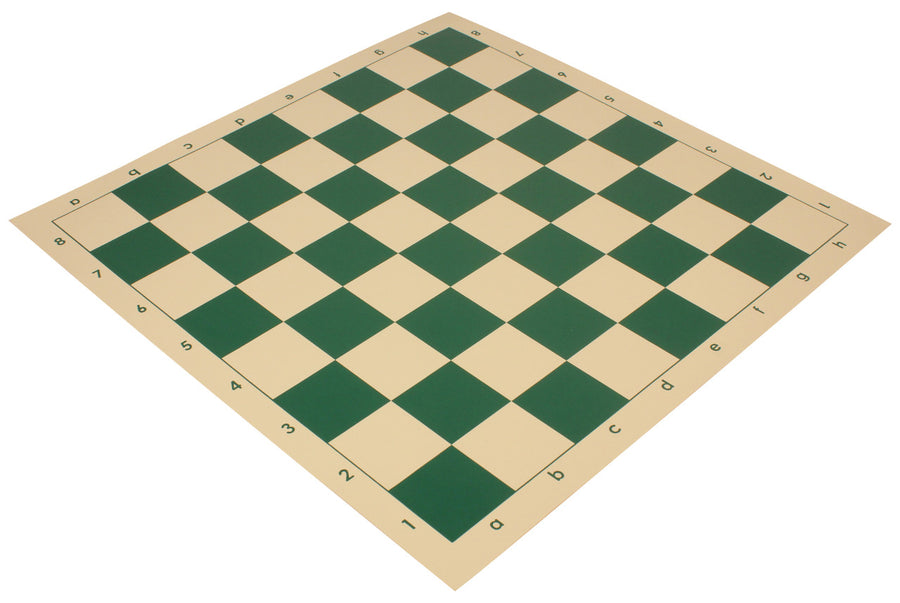
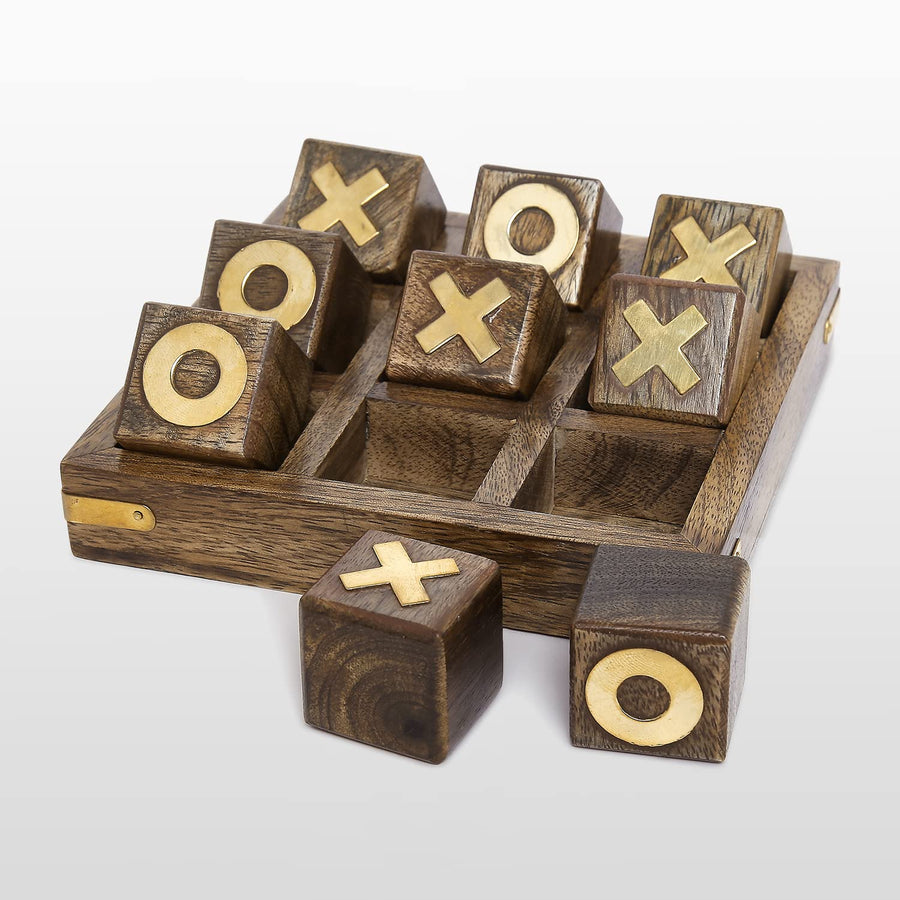
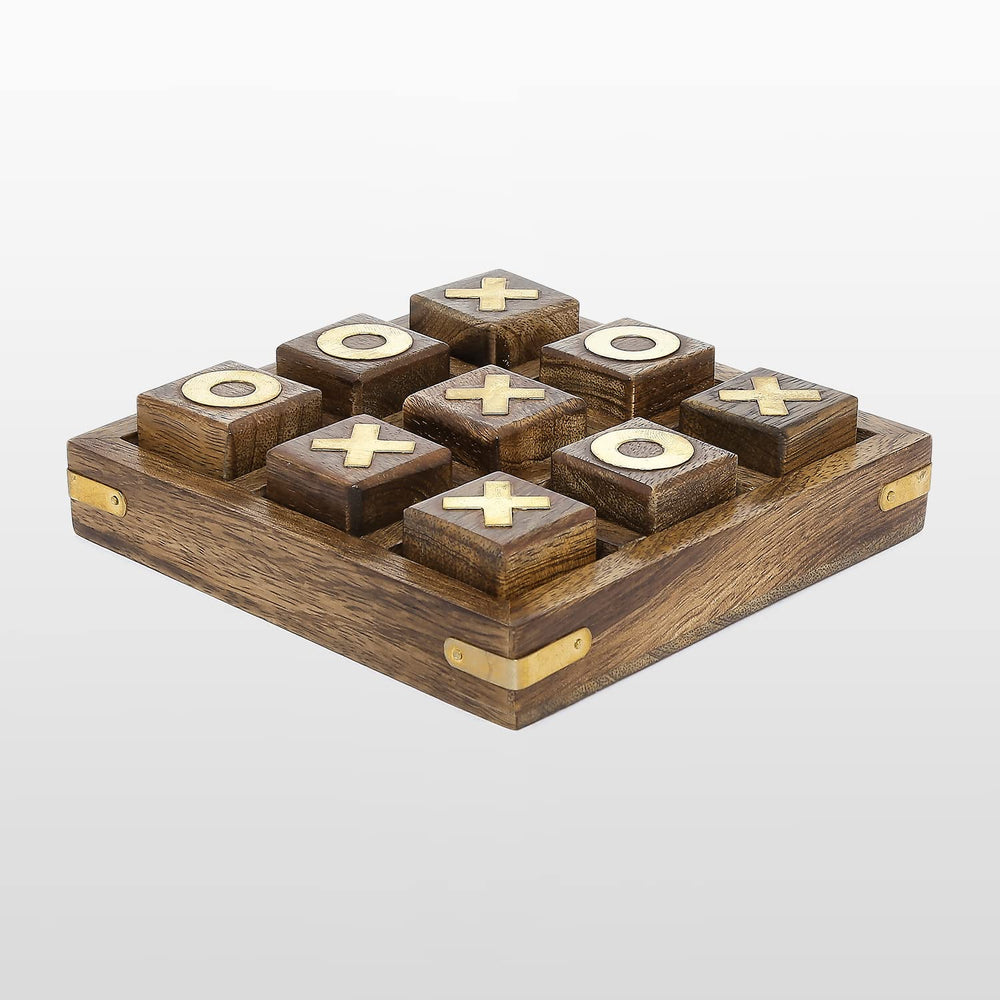
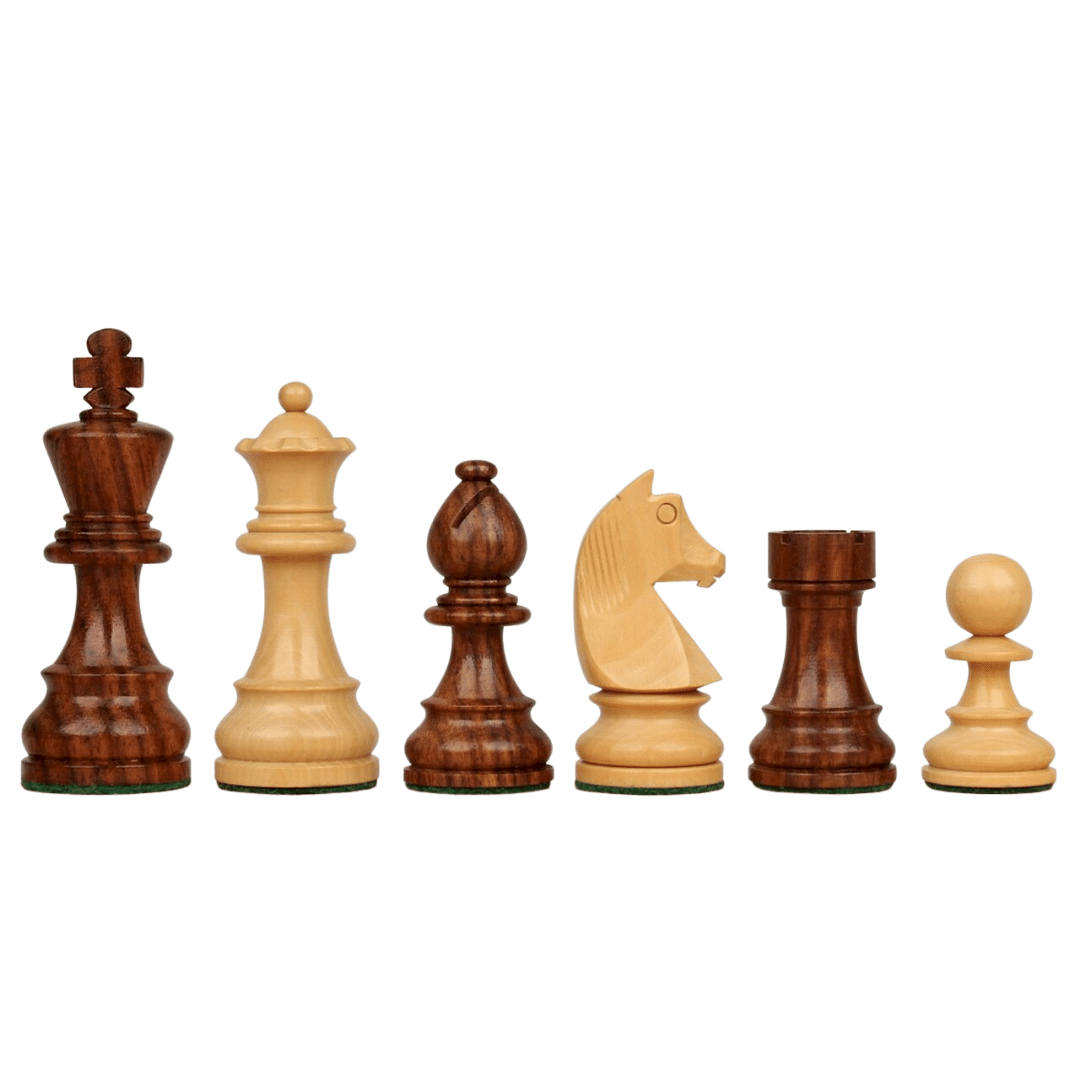
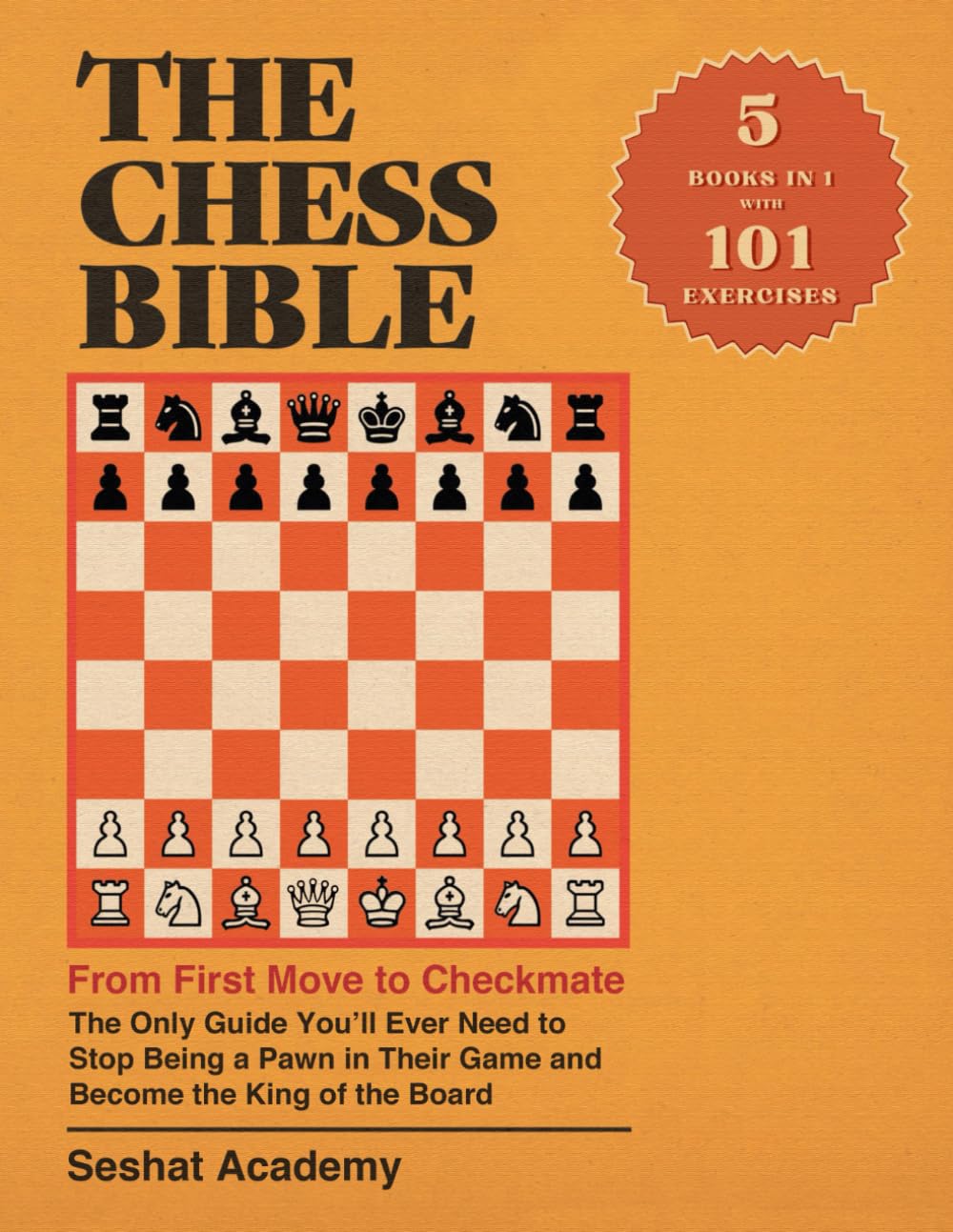
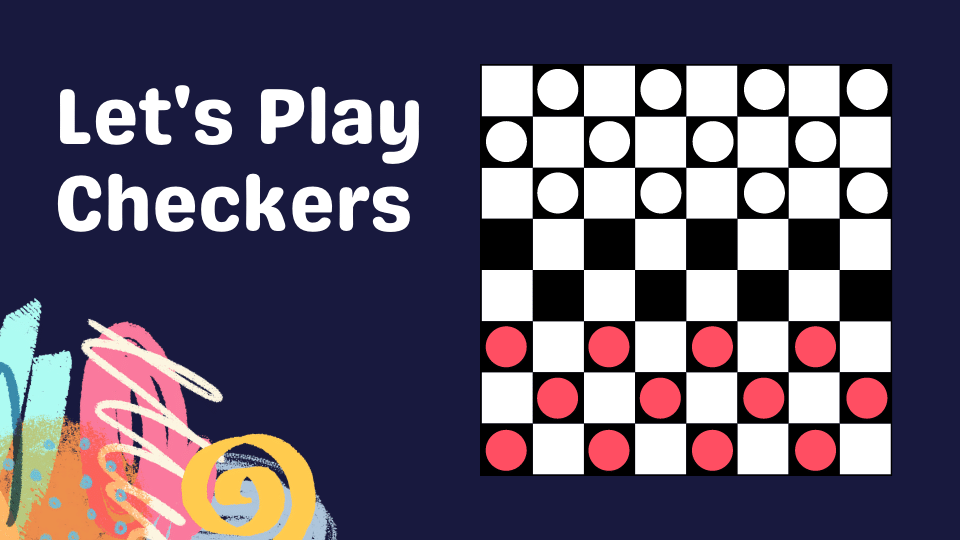

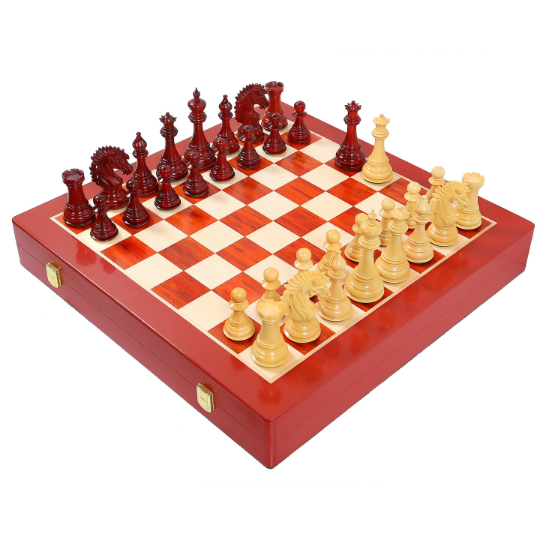
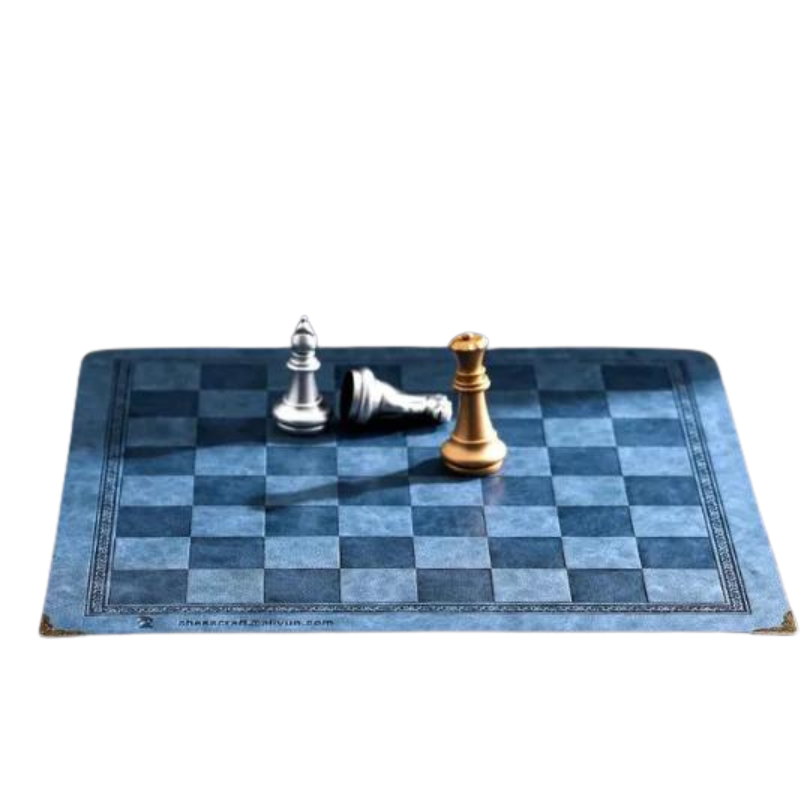
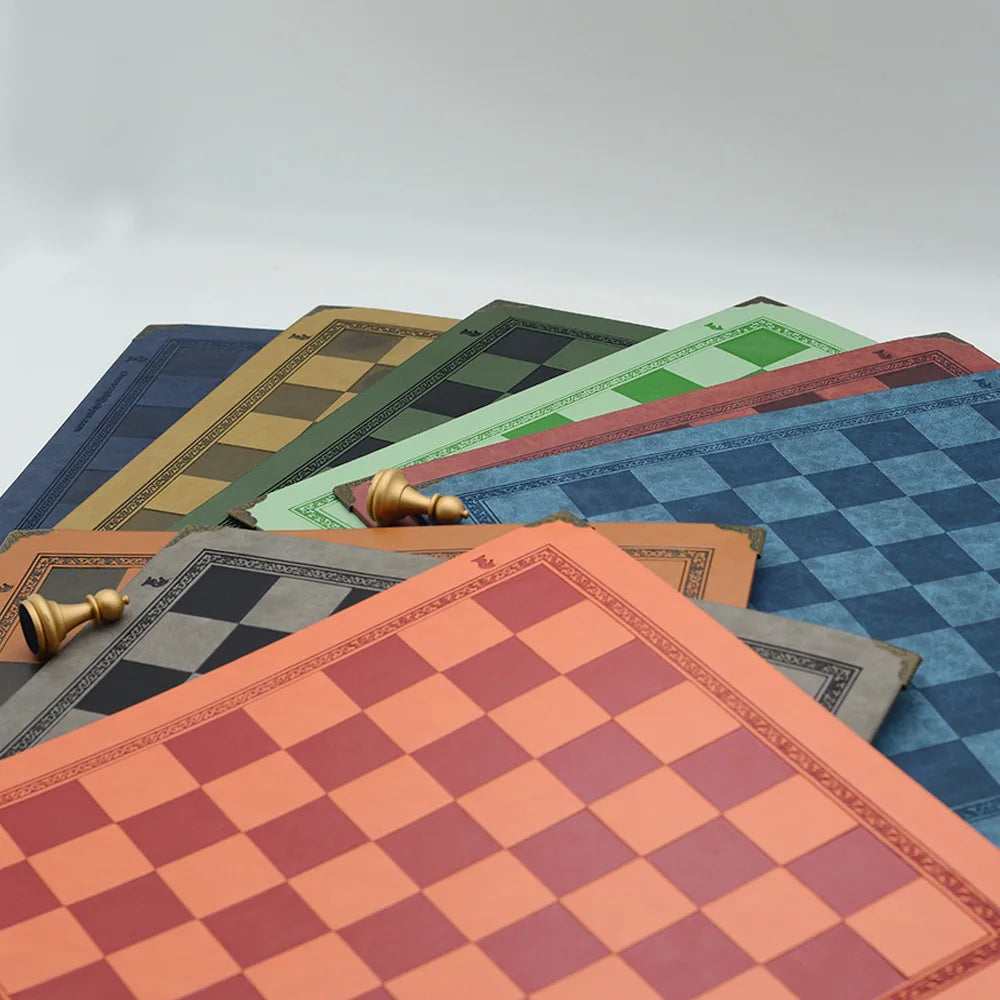
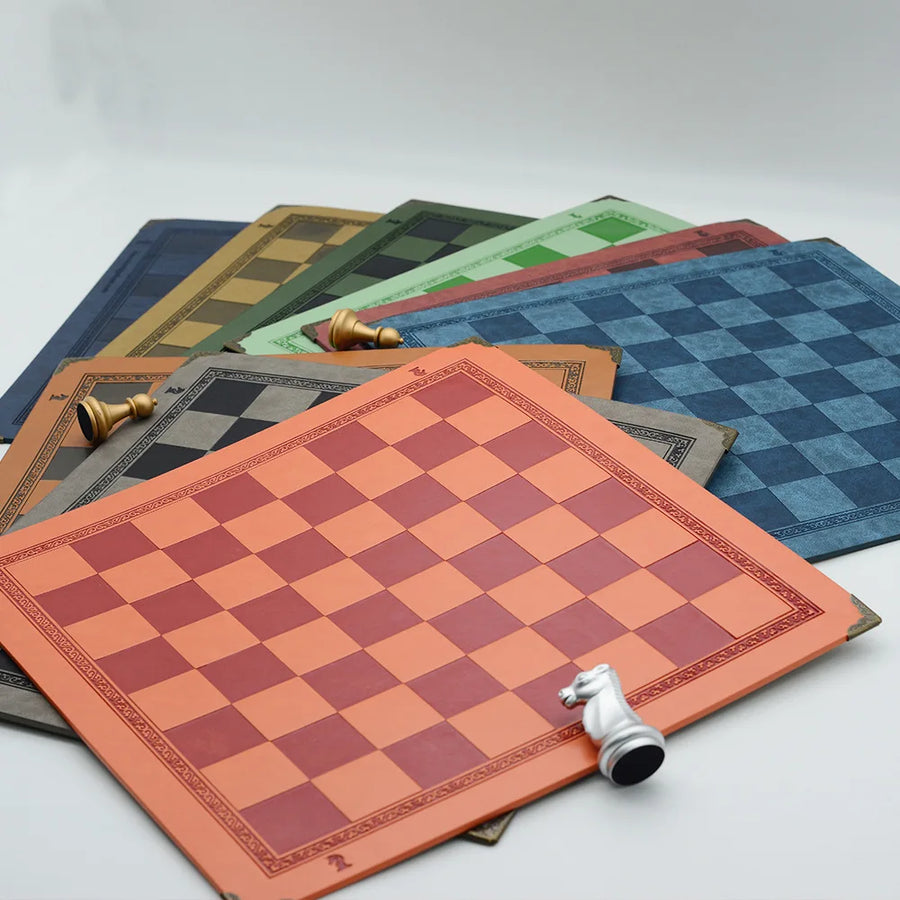
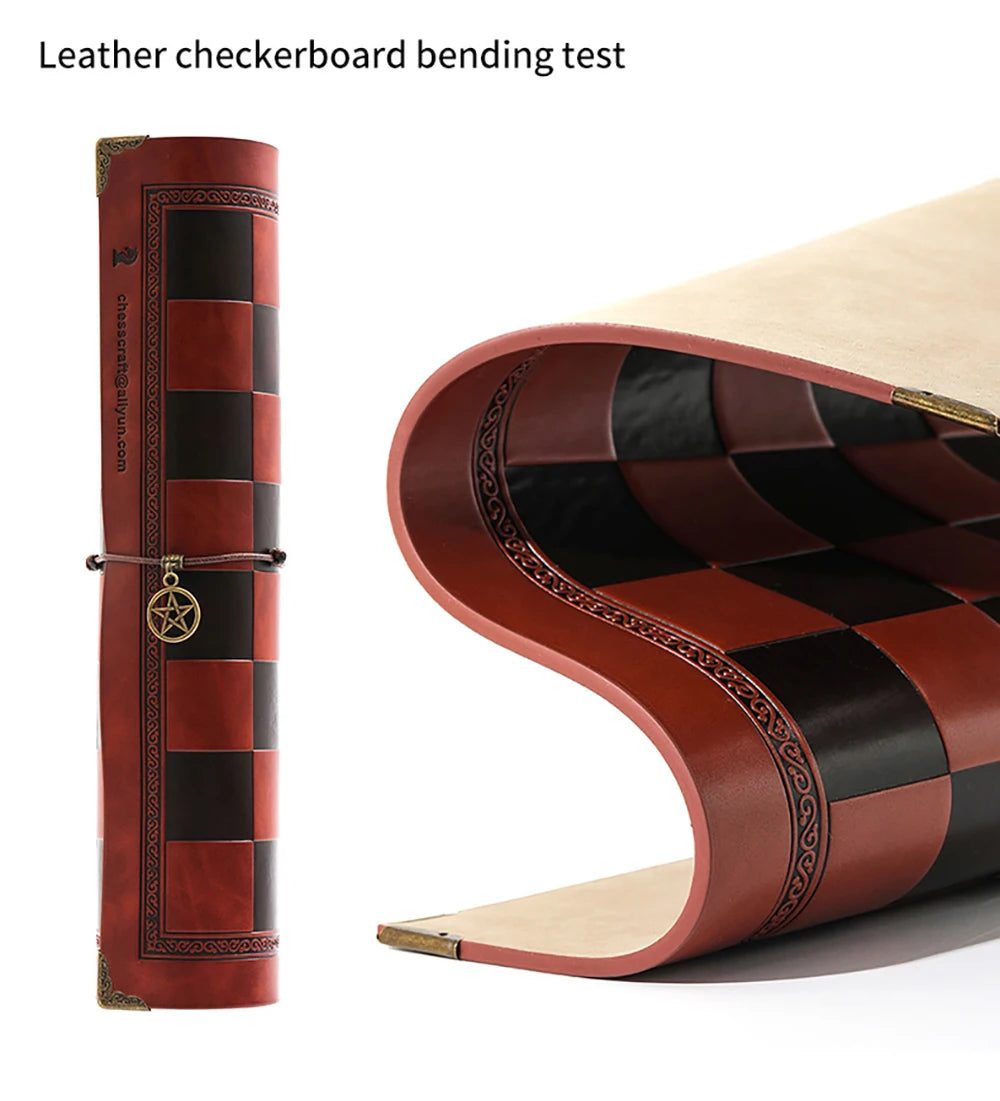
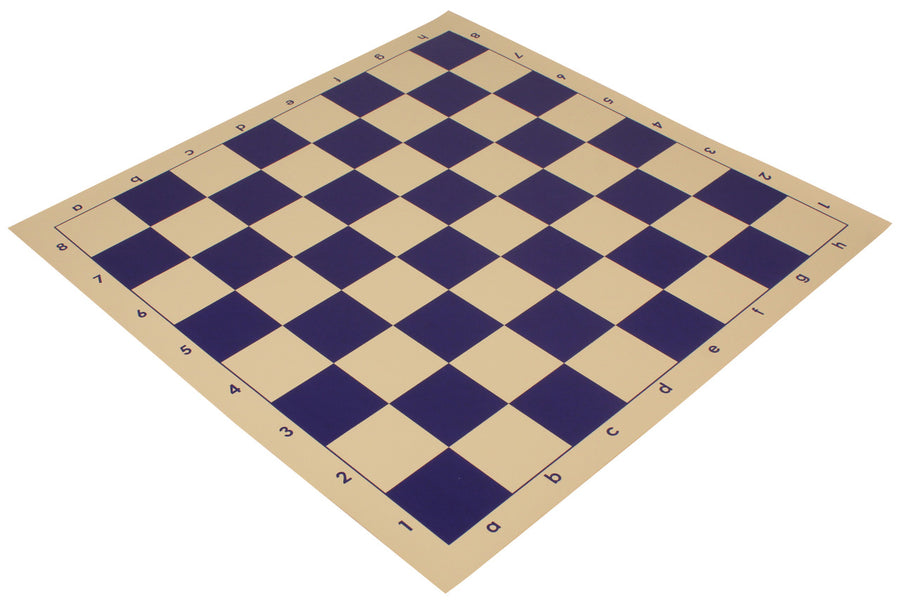
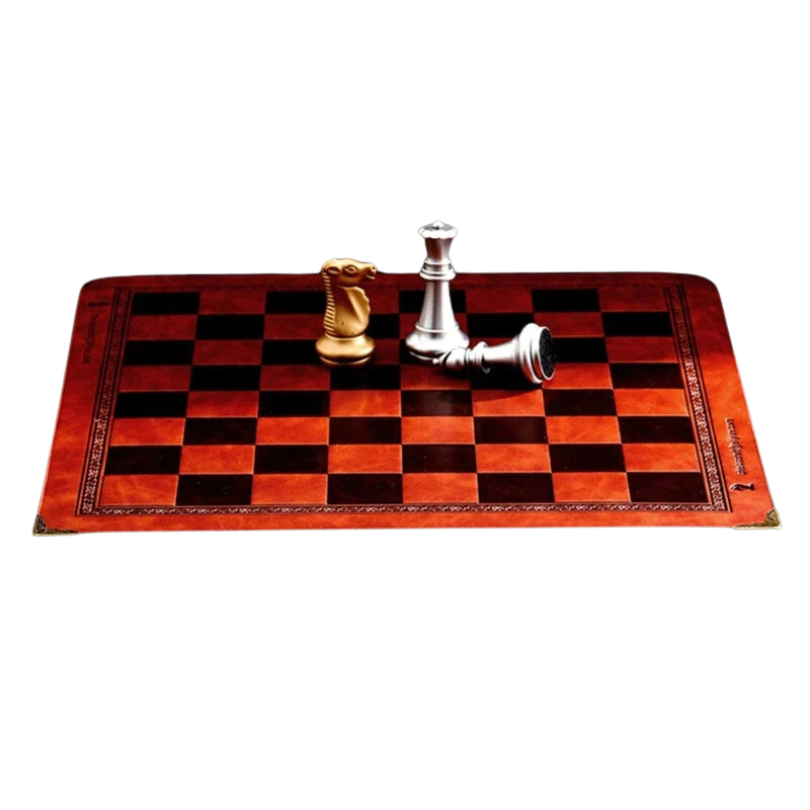
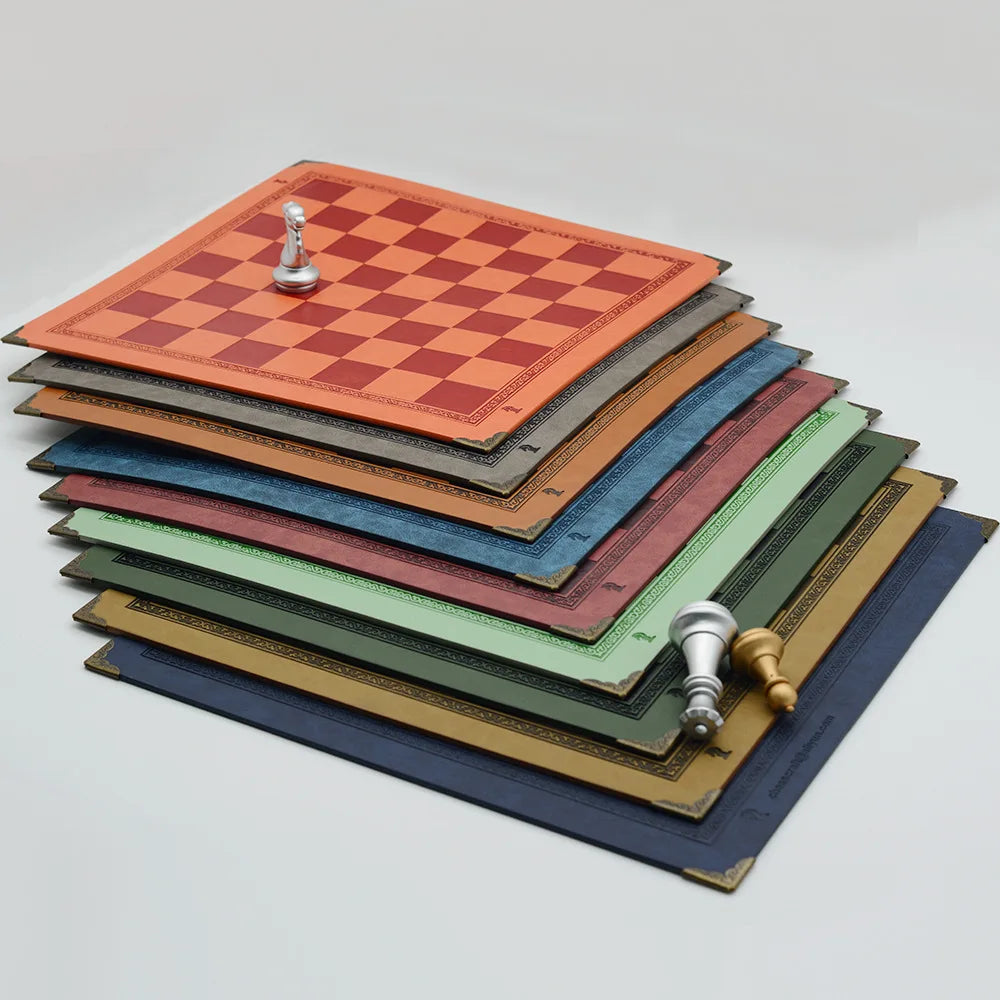
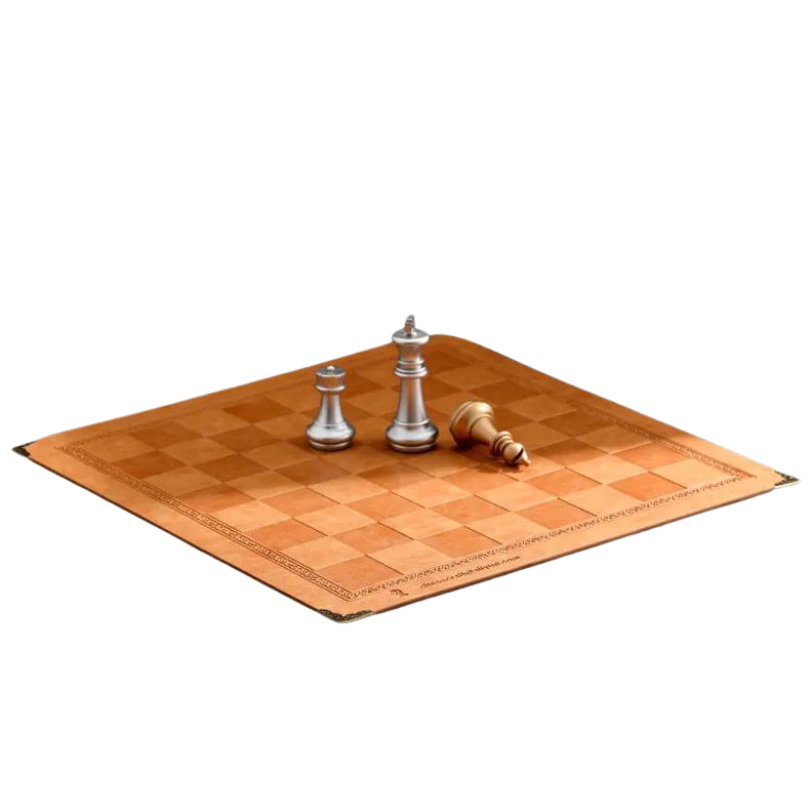
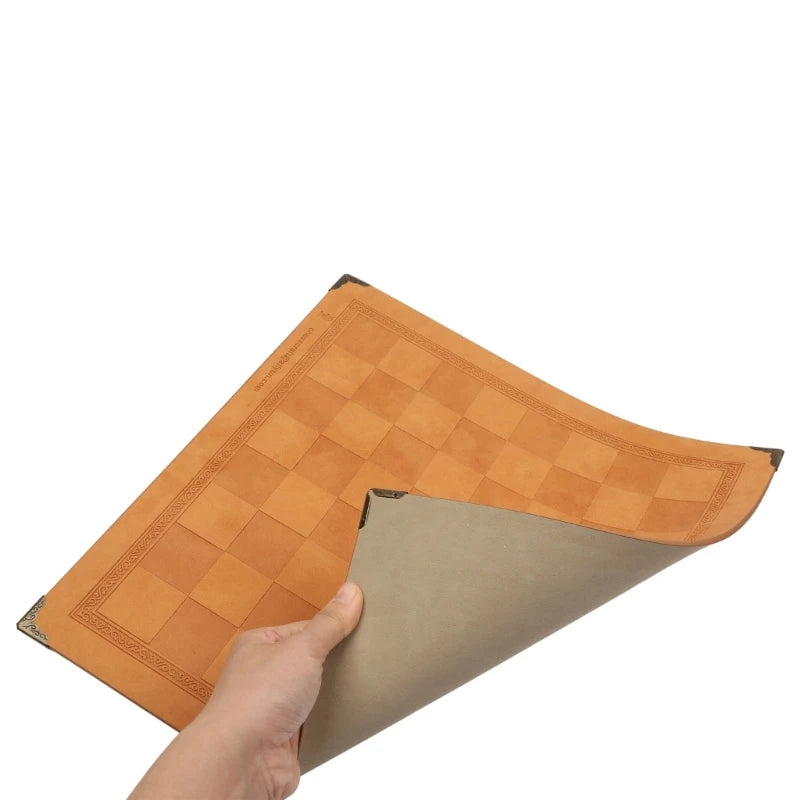
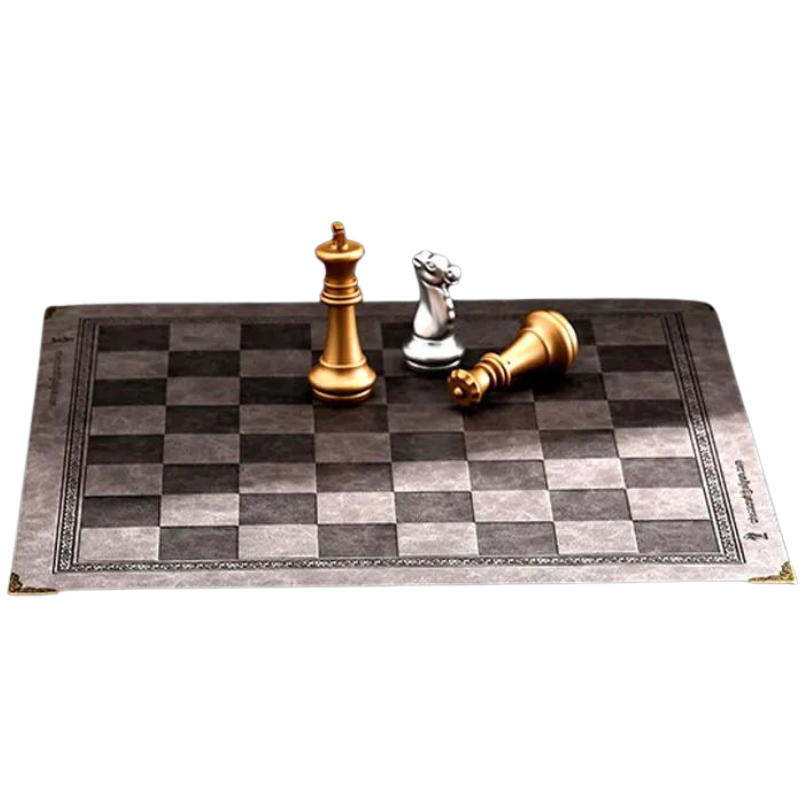
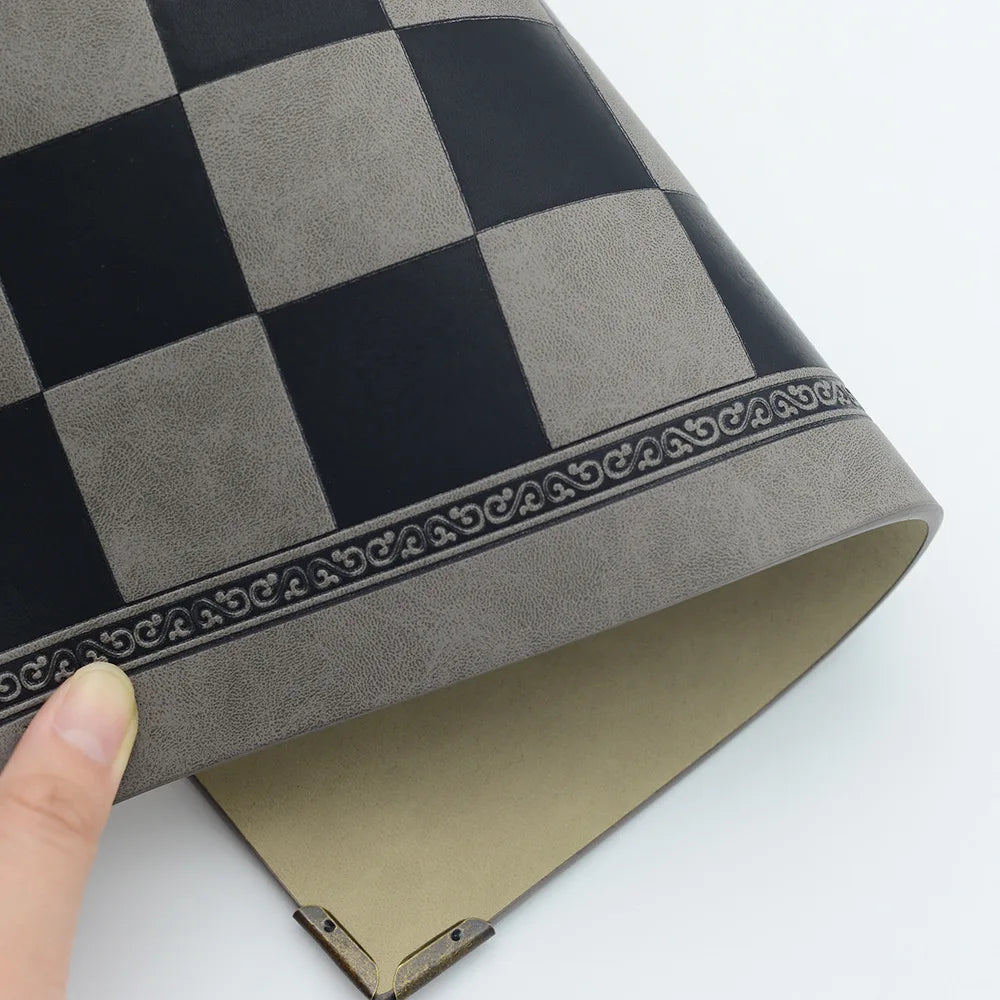








Leave a comment